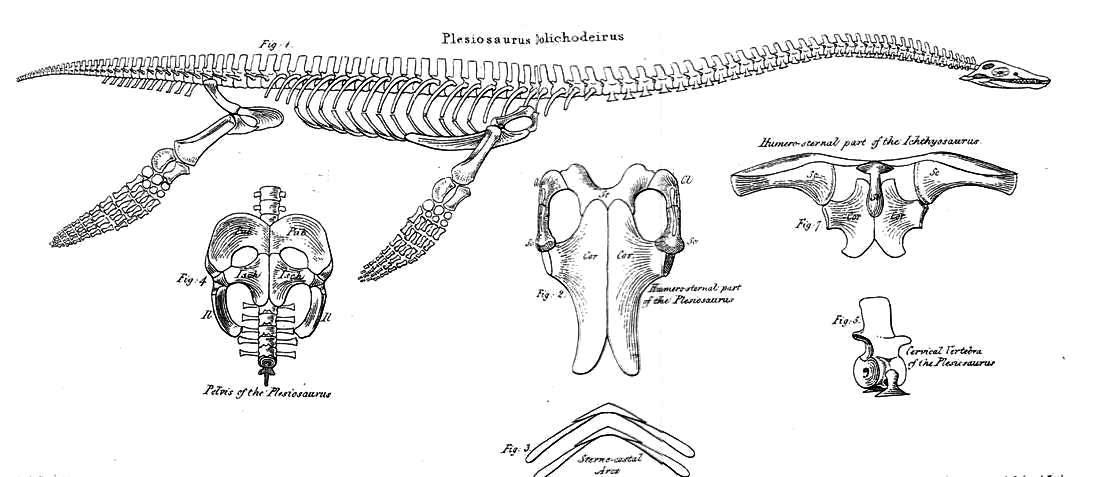|
Leivanectes
''Leivanectes'' is a genus of plesiosaurs of the family Elasmosauridae known from Late Aptian marine deposits in central Colombia. It contains a single species, ''L. bernadoi'', which was described in 2019. Description ''Leivanectes'' differs from ''Callawayasaurus'', which has been found in the same formation, in having fewer mandibular alveoli and a short mandibular symphysis with three alveoli (5 in ''Callawayasaurus''). Distribution ''Leivanectes'' remains have been found in the fossiliferous Paja Formation of the Altiplano Cundiboyacense, which crops out near Villa de Leyva, also written as Villa de Leiva, Boyaca, Colombia. The genus name refers to Villa de Leiva. See also * List of plesiosaur genera * Timeline of plesiosaur research This timeline of plesiosaur research is a chronologically ordered list of important fossil discoveries, controversies of interpretation, taxonomic revisions, and cultural portrayals of plesiosaurs, an order of marine reptiles tha ... [...More Info...] [...Related Items...] OR: [Wikipedia] [Google] [Baidu] |
María Páramo
María Euridice Páramo Fonseca (born 1953 in Bogotá, Colombia) is a Colombian paleontologist and geologist.Los reptiles de María Páramo - She has contributed on the paleontology in Colombia in the fields of describing various Cretaceous reptiles, most notably the s ''' ... [...More Info...] [...Related Items...] OR: [Wikipedia] [Google] [Baidu] |
Plesiosaur
The Plesiosauria (; Greek: πλησίος, ''plesios'', meaning "near to" and ''sauros'', meaning "lizard") or plesiosaurs are an order or clade of extinct Mesozoic marine reptiles, belonging to the Sauropterygia. Plesiosaurs first appeared in the latest Triassic Period, possibly in the Rhaetian stage, about 203 million years ago. They became especially common during the Jurassic Period, thriving until their disappearance due to the Cretaceous–Paleogene extinction event at the end of the Cretaceous Period, about 66 million years ago. They had a worldwide oceanic distribution, and some species at least partly inhabited freshwater environments. Plesiosaurs were among the first fossil reptiles discovered. In the beginning of the nineteenth century, scientists realised how distinctive their build was and they were named as a separate order in 1835. The first plesiosaurian genus, the eponymous ''Plesiosaurus'', was named in 1821. Since then, more than a hundred valid ... [...More Info...] [...Related Items...] OR: [Wikipedia] [Google] [Baidu] |
Plesiosaurs Of South America
The Plesiosauria (; Greek: πλησίος, ''plesios'', meaning "near to" and ''sauros'', meaning "lizard") or plesiosaurs are an order or clade of extinct Mesozoic marine reptiles, belonging to the Sauropterygia. Plesiosaurs first appeared in the latest Triassic Period, possibly in the Rhaetian stage, about 203 million years ago. They became especially common during the Jurassic Period, thriving until their disappearance due to the Cretaceous–Paleogene extinction event at the end of the Cretaceous Period, about 66 million years ago. They had a worldwide oceanic distribution, and some species at least partly inhabited freshwater environments. Plesiosaurs were among the first fossil reptiles discovered. In the beginning of the nineteenth century, scientists realised how distinctive their build was and they were named as a separate order in 1835. The first plesiosaurian genus, the eponymous ''Plesiosaurus'', was named in 1821. Since then, more than a hundred valid s ... [...More Info...] [...Related Items...] OR: [Wikipedia] [Google] [Baidu] |


